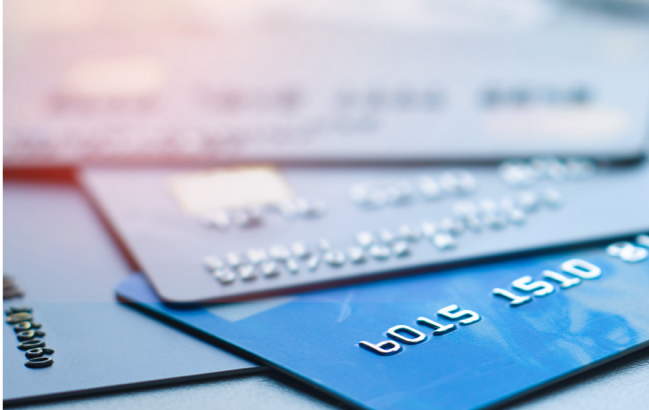About
Learn more about our services and why the healthcare payments market needs informed, commercial expertise to assist vendors, investors and providers navigate this industry which is not like any other

Deep Healthcare Experience
-
Decades of combined healthcare experience provide our clients with informed and actionable perspectives
-
Extensive experience with provider and payer segmentation methodologies, and positioning/ messaging and marketing tactics drive improved awareness and lead generation with healthcare buyers
-
Analysis and assessments of many healthcare payment and financing opportunities, including M&A diligence
Payments Ecosystem Experts
-
Deep understanding of payment processing operations, business models, pricing and complex relationships between market participants
-
Past and current engagements with payments companies including banks, fintechs, payment facilitators, gateways, card networks and security technology
-
Direct experience evaluating a PayFac model for a health IT platform including building, documenting and activating payments functions

What Our Clients Say
FinMed Partners' expertise with the consumer portion of healthcare spend and collections yield was invaluable to our team as we developed a payments product with a key client. They accelerated our learnings and helped us gain valuable market insights
Senior Executive
Leading Retail POS & Technology Firm
I have worked closely with FinMed Partners for many years. They understand the bits and the bytes of healthcare payments and processes, and they also can also fly at the right level to help with key strategic decision making in the broader healthcare landscape.
Founder and Vice Chair
Leading Healthcare Payments Firm
The FinMed Partners team is top notch and provides great ROI. Their level of expertise, industry knowledge, dedication to customer success, and the actionable insight from their strategic analysis rivals the tier 1 consulting companies at much more reasonable pricing. I will definitely work with them again.
Senior Vice President
Fortune 200 financing company and startup CPO
FinMed Partners’ industry expertise and connections to the broad market trends allowed them to come in and get right down to business. As a result, they are able to provide detailed insights and research that large, generalist firms simply can't match. I highly recommend them!
VP Product
Publicly-traded payments infrastructure company
The team at FinMed Partners really understands the nuances of healthcare payments. There is a lot of complexity and they understand that it is crucial to protect and defend sensitive payment and patient data. We turn to them for their advocacy and advisement.
CEO
Leading Payment and Data Security Provider
Healthcare Payments FAQs
How big is the healthcare payments market?
Based on National Health Expenditure (NHE) data, patients will pay nearly $600 billion out of pocket for healthcare in 2024. We estimate that families and individuals pay another $150 billion each year directly to payers for non-group health insurance premiums. Every one of these dollars moves through some type of payment modality. In addition there is more than $3 trillion of healthcare payments moving between payers (including the government), provider organizations and other healthcare entities. Healthcare payments is so large that it has finally become too big to ignore for multi-vertical players including banks, payment processors, and card networks. Mastercard, for example, is now offering its HealthLock product to all U.S. cardholders.
What role does Epic MyChart play in payments?
Epic is the dominant health IT platform in health systems, hospitals and increasingly, many large independent medical groups. So far, Epic has limited its involvement in payments to creating the MyChart portal for patients, which includes bill payment. Epic itself does not offer a payment solution or financing options. This has created opportunity for payment gateways such as JP Morgan’s InstaMed and Sphere’s TrustCommerce, which sit behind MyChart and process patient payments. Third-party patient portal solutions such as Flywire and Cedar have had challenges penetrating the health system market as Epic has improved the MyChart user experience. We expect Epic’s dominance to limit growth prospects for point solutions in the large provider market going forward.
How has healthcare done in terms of digitizing payments?
The B-B side of healthcare has largely made the shift to electronic remittance. Payers utilize EFT and other non-paper methods of reimbursing providers. There are small pockets remaining (typically small dollar or small volume of transactions) that involve checks, but the vast majority of this money moves electronically. For consumers, most payments have moved off check as well. There is a difference across age cohorts - in 2020, 11% of 55+ year old consumers paid out of pocket healthcare expenses with checks, while only 4% of 18-54 year olds used checks. Digital wallets are preferred by younger consumers. Opportunities remain to remove paper from healthcare payments, particularly in B-B-C disbursements for provider refunds, MLR rebates and HSA reimbursements.
What role will AI play in healthcare payments?
While AI is likely to have more immediate impact on the clinical side of healthcare, it will drive meaningful improvement on the financial side as well. Payment-related changes are likely to appear more slowly, but will include enhanced claims processing, better fraud applications, reduced admin cost, improved compliance/ security, and more personalized patient experiences.
Are there age-based differences in healthcare payment behavior?
Younger consumers tell us - and demonstrate through their actions - that they want tender choices, and they show a strong preference for debit, digital wallet, ACH/ EFT, and other cash-based options. They are also more interested in financing healthcare, with 85% of 18-34 year olds interested in using patient financing options/ payment plans (compared to 36% of the 55+ age group). 69% of 18-34 year olds tell us they have already financed care (compared to 18% of consumers age 55+).
What kind of medical financing solutions are employers offering as an employee benefit?
While still early, it is clear that employers are looking for ways to supplement the traditional health benefits they have provided to their workers (e.g., medical/ dental insurance, FSAs, HSAs), especially for the nearly 54% of employees selecting a High Deductible Health Plan (HDHP). Employers are tapping solutions from companies such as Paytient and MedZERO to help their workers manage large, often unexpected medical bills. These may utilize the tax advantages of funding an HSA.
